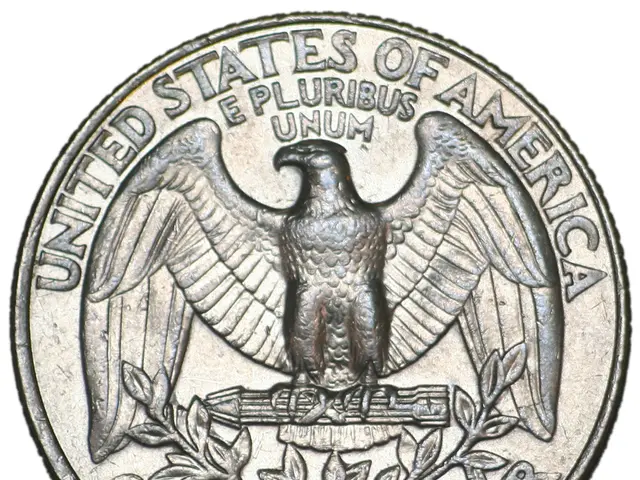Medical Interventions: Catheterizations, Stent Implants, Transplantations, and a Variety of Procedures for Heart Care
Cardiac procedures play a crucial role in maintaining heart health. Here's a breakdown of the recovery times for some common cardiac procedures, helping you better understand what to expect after each treatment.
A pacemaker is a device placed in the chest to regulate the heart's beating. The pacemaker insertion procedure, typically taking 1-2 hours, involves a healthcare professional administering a local anesthetic and making an incision below the left collarbone to insert the pacemaker wires. Recovery usually involves a short hospital stay (often 1-2 days) and patients can resume normal activities within a few days to a week, though heavy lifting and strenuous arm movements on the implant side should be avoided for several weeks.
Cardiac catheterization is a procedure used to examine the heart, heart muscle, valves, and coronary arteries. During the procedure, a person stays awake and a local anesthetic is administered to the area where the catheter will be inserted. Recovery is generally brief with patients often discharged the same day or after an overnight stay. Most can return to light activities within a day or two, with full recovery in about a week.
Angioplasty and stenting are used to open narrowed or blocked coronary arteries. A stent is a small metal mesh tube that prevents the artery from closing back up. The angioplasty and stent procedure takes 30-120 minutes and involves a medical professional providing a local anesthetic, performing catheterization, and threading a wire through the affected artery before inflating a balloon to open up the artery and placing a stent if necessary. Recovery time is similar to that of cardiac catheterization, with most patients resuming light activities within about a week and full recovery over a week or two.
Catheter ablation is used to treat arrhythmias, which are rapid or irregular heartbeats. The procedure takes hours, and recovery time is short; most patients go home the same day or the next day. Light activities can typically be resumed within 48 hours, with a gradual return to normal routines over the following week. Mild soreness and occasional irregular heartbeats may persist temporarily.
Heart transplants involve a person undergoing general anesthesia and a heart-lung bypass machine replacing the heart during surgery. Recovery for a heart transplant takes several months and requires regular checkups and monitoring. A person who had a heart attack will need to stay in the hospital for several days after a PCI (Percutaneous Coronary Intervention, which includes angioplasty and stenting).
In summary, minimally invasive procedures like cardiac catheterization, angioplasty with stenting, and catheter ablation have recovery times ranging from a day to a week or two. More invasive surgeries such as pacemaker implantation and especially heart transplants require longer hospital stays and months for full recovery. It's essential to follow the healthcare provider's guidelines for recovery to ensure the best possible outcome.
[1] Heart Transplant. (n.d.). Mayo Clinic. https://www.mayoclinic.org/tests-procedures/heart-transplant/about/pac-20384664
[2] Heart Transplant Surgery. (n.d.). Johns Hopkins Medicine. https://www.hopkinsmedicine.org/health/treatment-tests-and-therapies/heart-transplant-surgery
[3] Catheter Ablation. (n.d.). Cleveland Clinic. https://my.clevelandclinic.org/health/treatments/17024-catheter-ablation
[4] Angioplasty and Stenting. (n.d.). Mayo Clinic. https://www.mayoclinic.org/tests-procedures/angioplasty-and-stenting/about/pac-20384680
[5] Cardiac Catheterization. (n.d.). Mayo Clinic. https://www.mayoclinic.org/tests-procedures/cardiac-catheterization/about/pac-20384663
- In the context of a heart transplant, anesthesia is administered to put the patient under during the surgery.
- Science and advancements in medical-conditions, such as heart diseases, have made minimally invasive procedures like cardiac catheterization and angioplasty with stenting possible, with recovery times ranging from a day to a week or two.
- After a pacemaker surgery, patients can resume normal activities within a few days to a week, but heavy lifting and strenuous arm movements on the implant side should be avoided for several weeks, thereby emphasizing the importance of health-and-wellness guidelines post-surgery.








